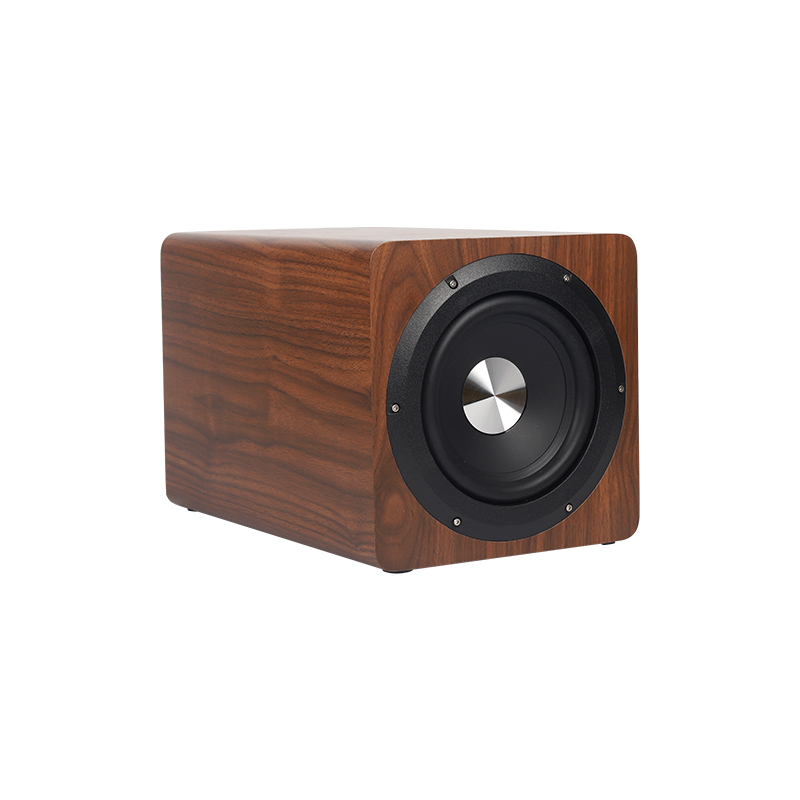4. Literacy
Usually, the wireless microphones used for singing are directional capsules, so stand on both sides or behind the speakers with the microphones, and use less feedback whistling. If you want to stand in front of the speaker, you must pay attention to the direction of the microphone and the speaker should be controlled at a certain angle, so as not to produce echoes.
The posture of holding the wireless microphone should be kept at more than 90 degrees in the vertical or horizontal direction and the angle of the speaker, which can reduce the occurrence of feedback sound. The front of the cardioid directional microphone should be kept at 180 degrees with the speaker or the front of the super-directional microphone should be kept with the speaker. The feedback sound of 120~140 degrees is the smallest. If you don't know the directivity of your microphone, and use it in front of the speaker, it is easy to cause high volume feedback. Since the pairing of the microphone and the speaker is the most taboo angle, at such an angle, any expensive microphone will easily produce a screaming echo.
5. Interference with literacy
Before choosing a wireless microphone, you should know the transmission frequency of the local TV station, and you should stagger it when purchasing. If it is a newly built place, if conditions permit, add high-density iron wire or iron sheet on the roof and surrounding areas during the civil construction process to shield and isolate the interference of external wireless signals. The SQUEICH button on the receiver can also be used to suppress interfering signals (but this will affect the reception distance of the microphone).

6. Antenna and Signal Literacy
When using multiple groups of wireless microphone systems of the same series, if possible, it is better to use an antenna distributor to minimize the mutual interference between the antennas on the original receiver; There are better reception conditions between receivers to avoid mutual interference between frequencies, so as to obtain better wireless signals.
7. Digital Literacy
When using more than 2 handheld wireless microphones of the same type at the same time in a concert, in order to prevent the bottom of each wireless microphone (where the microphone is not easily blocked by hands), it is marked with different colors, and the corresponding microphone channels on the mixer are marked at the same time. It should also be marked or marked with the same color as the microphone. In this way, even if there is an error with the wireless microphone, the operator can correct it in time. In addition, the color microphone dust cover can also be used for marking, which not only improves the sound quality, but also serves as a microphone marking, killing two birds with one stone. In order to prevent the lavalier wireless microphone from being picked up by mistake, you can set the number or color of each microphone first, and set the person and tone before the performance.
8. Literacy of Speechless Phenomenon
Performers always use handheld wireless microphones alternately during performances. Some performers will turn off the power of the wireless transmitter unconsciously, or turn on the mute switch of the microphone to make the microphone in a mute state, so that the next performer can use it. When there is a wireless microphone, there will be an embarrassing scene where the wireless microphone has no sound. Generally speaking, when the power of the wireless microphone transmitter is turned off, the transmitter working indicator light on the wireless microphone receiver will go out. When the operator can check the indicator light of the wireless receiver at any time, the problem can be found in time. But if the wireless microphone's "mute" switch is turned on, the headset will only be heard by the operator when the program alternates. In order to prevent the silent phenomenon of the wireless microphone, the mute switch should generally be fixed with adhesive tape.
Nine, the choice of battery literacy
In order to ensure the normal use of the wireless microphone system, a battery with sufficient energy must be used, and a 9 v alkaline battery must be selected, and its power should be confirmed before purchase and use.
Most V-segment wireless microphone receivers do not have the transmitter's battery level indicator. In order to prevent the audio signal from being distorted due to insufficient battery power, the operator can use the PFL pre-listening function of the mixer to monitor the signal of the wireless microphone with headphones when the wireless microphone is in normal use. Replace the battery immediately.
During the concert, it is best to turn on the "mute" switch of the mixer channel to make the wireless microphone in a mute state. If the mixer does not have this function, you can turn off the output level of the wireless microphone, and then turn off the transmitter. After replacing the battery, turn on the power of the transmitter to level the output level of the receiver; or use the Line/MIC selector to turn off the input signal, and after replacing the battery, reset the input gain or select key of the mixer.